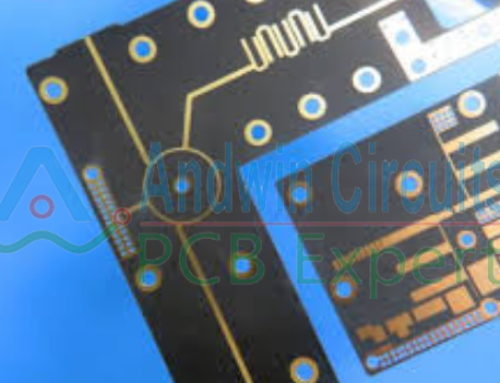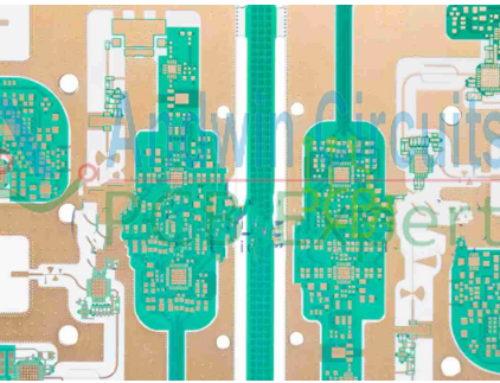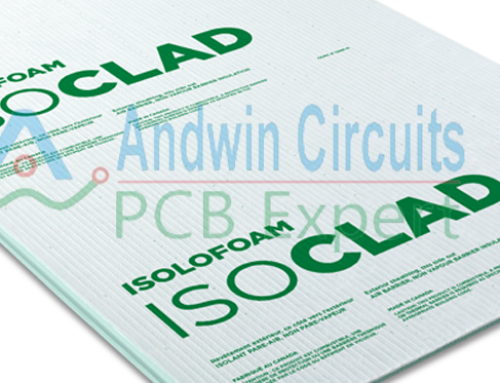What is a flexible flat cable?
As the name sounds, flexible flat cables (FFC) are a type of electrical wire that is flexible and flat.
They belong to the world of flexible electronics or flex circuits.
High-density electronics products like cell phones and laptops typically have them.
Nonetheless, you will also see that flexible flat cables are usually thin cables.
Another term called flexible printed circuit (FPC) is often imprecisely used for FFC.
But this is not accurate as FPC are circuits that are developed on a flex substrate.
At the same time, flexible flat cables are just wire connections and do not involve any components.
Figure 1 shows three ribbons of flexible flat cables.
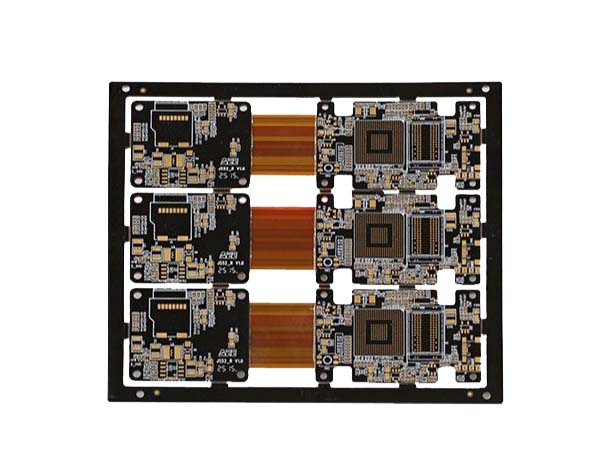
Advantages of Flexible Flat Cables
If you are wondering why you should use flexible flat cables, then this section is for you.
It would help if you went for them because of the following benefits:
- Reliable: You will not come across any common malfunctions and wiring errors.
Parallel conductor geometry reduces these kinds of mistakes.
- Lightweight and High Strength: They are lighter in weight than traditional wires.
It doesn’t have unnecessary insulations, tapes, and fillers. Furthermore, it is mechanically stable,
so you don’t need large conductors for robustness.
- Space Efficient: They have low physical and bulk volume.
Therefore, they can perfectly fit in tight spaces.
- Flexible: Well, their name already explains their great advantage! Figure 3 shows flexible flat cables soldered to a printed circuit board.
- Same electrical parameters: Their constant geometry provides constant inductance, impedance, capacitance, crosstalk, delay, time, and attenuation.
- High current-carrying capability: They can dissipate heat more effectively because of high surface-to-volume ratios.
So, this is turn, increases their current handling capability at a given increase in temperature.
- Less skewing effects: They have minimum time delays among signals in one flat cable.
- High-density interconnections: You can pack them more effectively, so they can supply a higher conductor density.
- Easy to use: They can attain any shape quite comfortably. Just give it a try.
- So, these are already more than enough advantages of using flexible flat cables in your projects.
In the next section, we will now compare them with the traditional round cables.
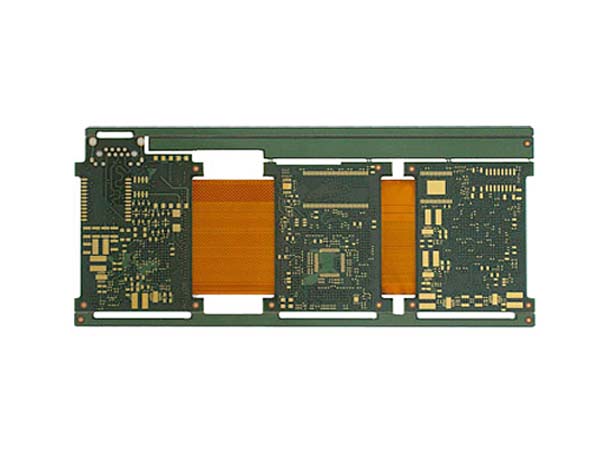
A flexible PCB board ribbon cable is a type of printed circuit board that is designed to be flexible and bendable,
allowing it to be used in applications where traditional rigid PCBs cannot be used.
The ribbon cable is made up of a thin, flexible substrate material that is coated with a conductive layer of copper or other metal.
The conductive layer is then etched to create the desired circuit pattern.
The ribbon cable is typically used to connect components or devices that are located in close proximity to each other,
such as in electronic devices or computer systems.
The flexibility of the ribbon cable allows it to be easily routed around corners or through tight spaces,
making it an ideal solution for applications where space is limited.
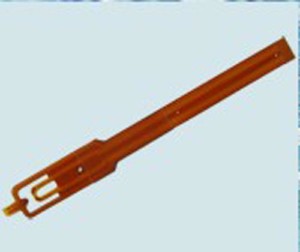
the role of flexible pcb board ribbon cable
The role of a flexible PCB board ribbon cable is to provide a flexible and reliable connection between electronic components or devices.
It allows for the transfer of electrical signals and power between components,
while also providing a flexible and durable solution that can withstand repeated bending and flexing.
Flexible PCB board ribbon cables are commonly used in applications where space is limited or where components need to be connected in a way that is not possible with traditional rigid PCBs.
They are used in a wide range of electronic devices, including computers, smartphones, medical devices, and automotive systems.
The flexibility of the ribbon cable allows for easy installation and routing, making it an essential component in many electronic systems.
Other PCB products, you may interesting











